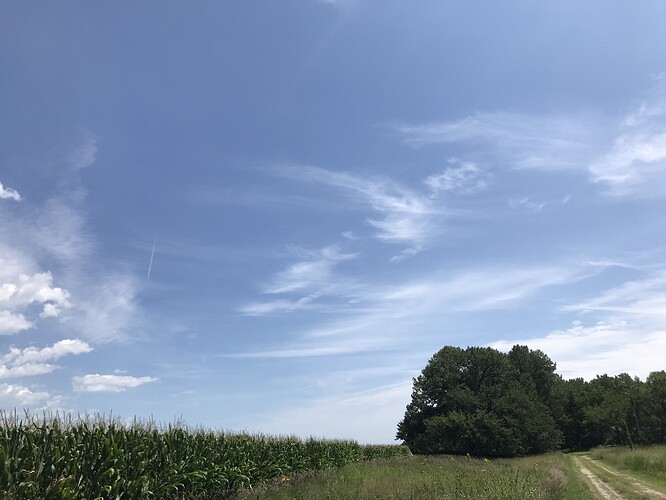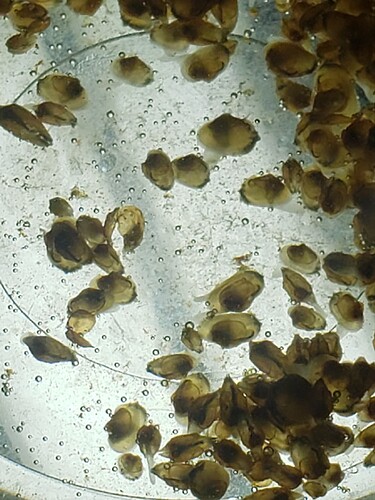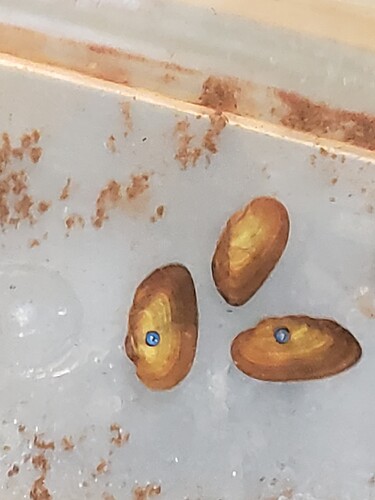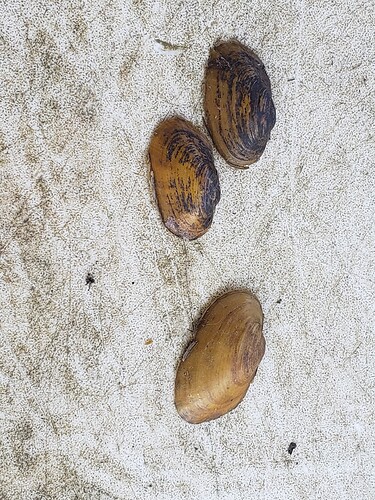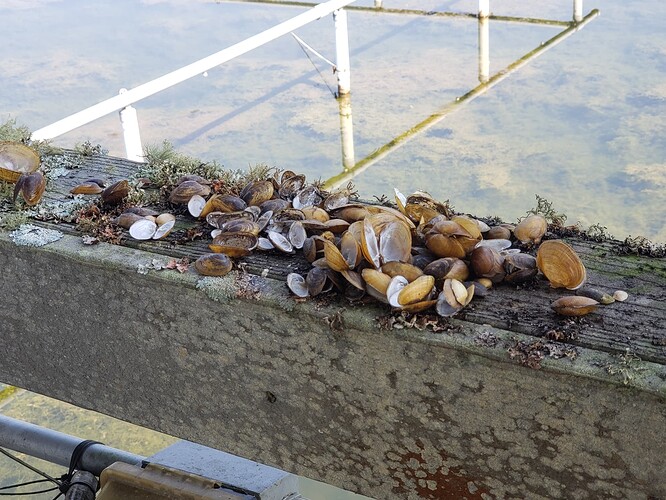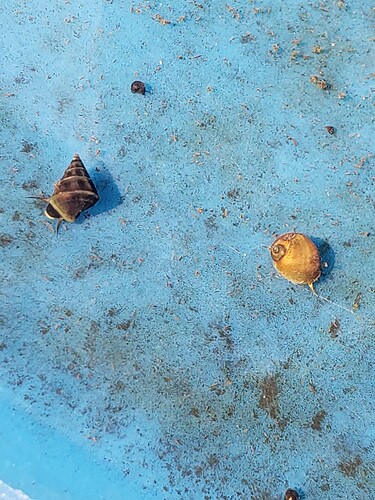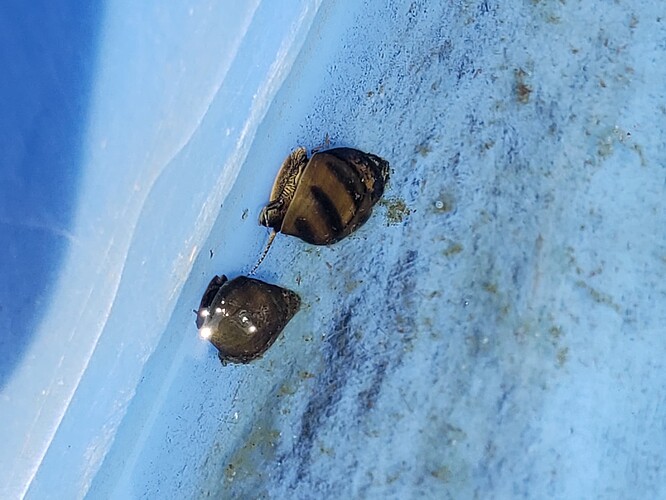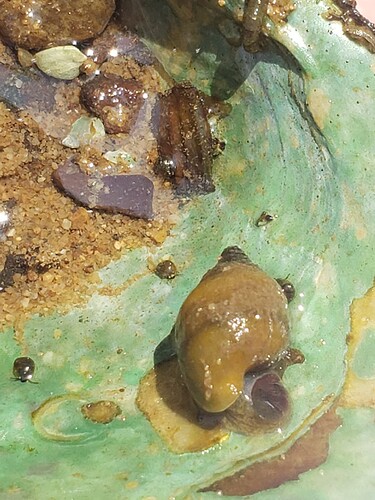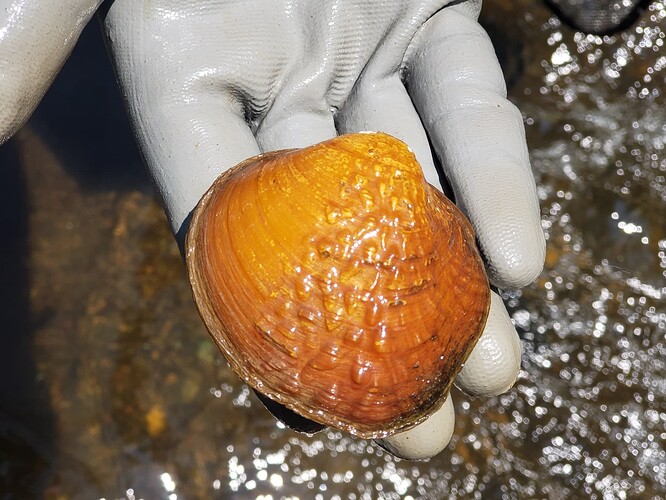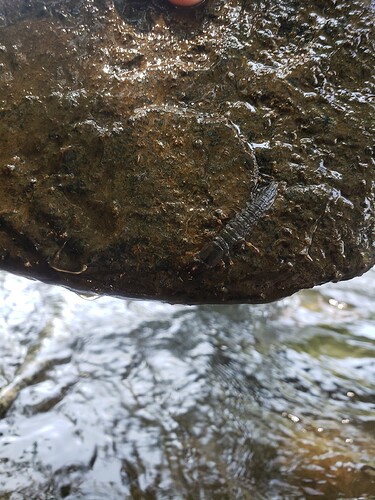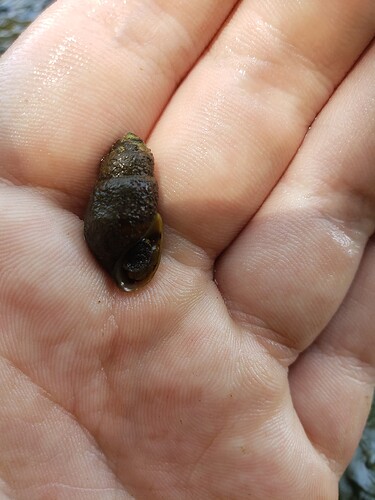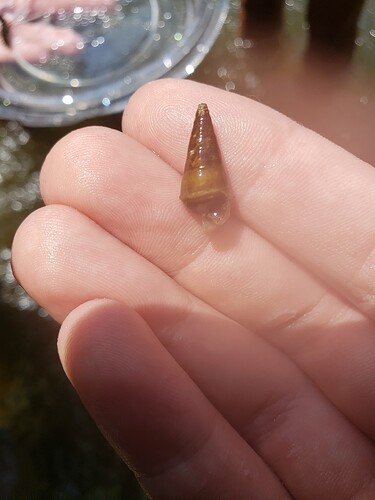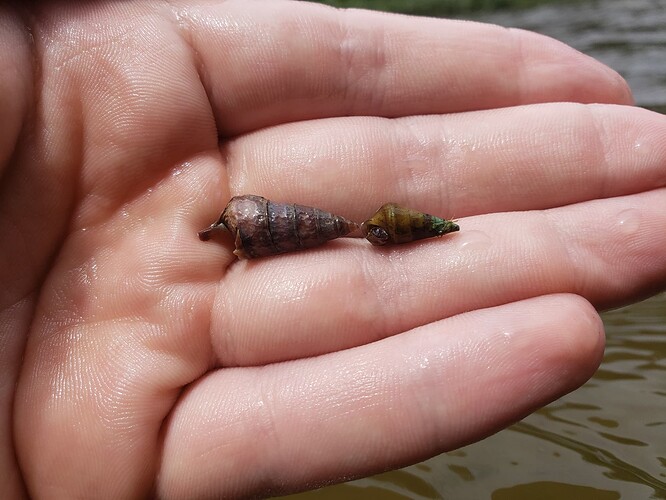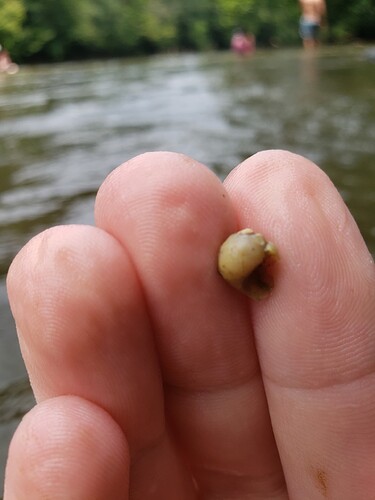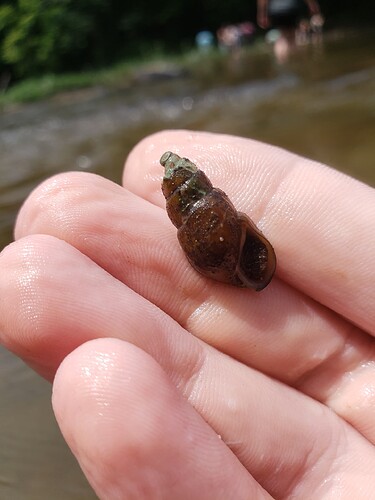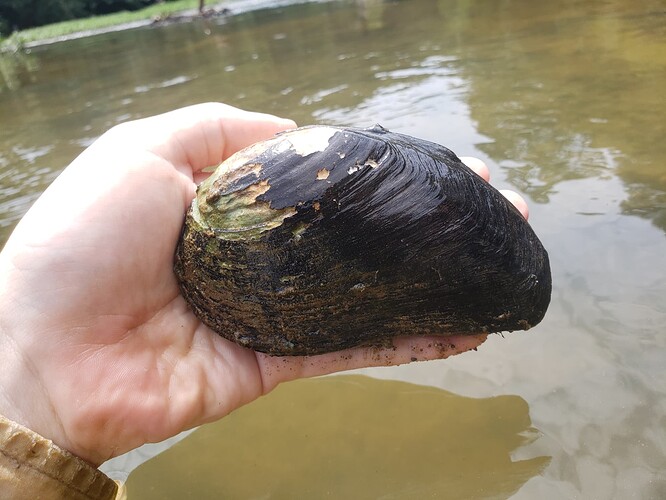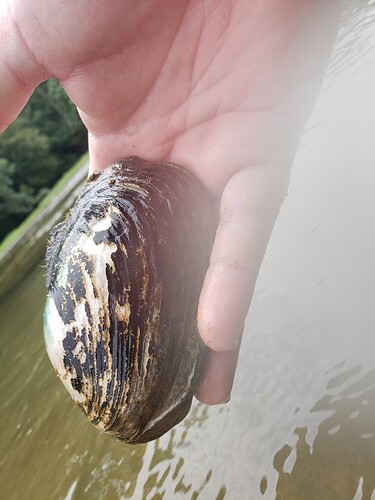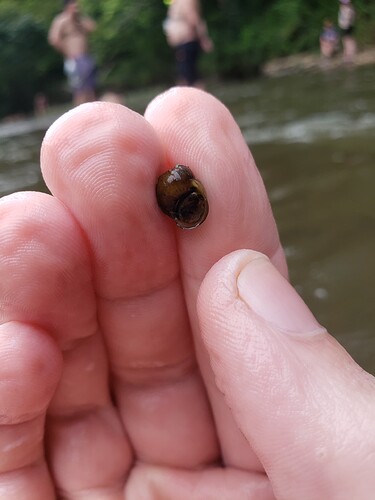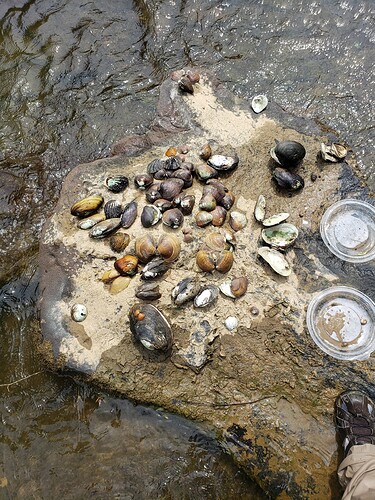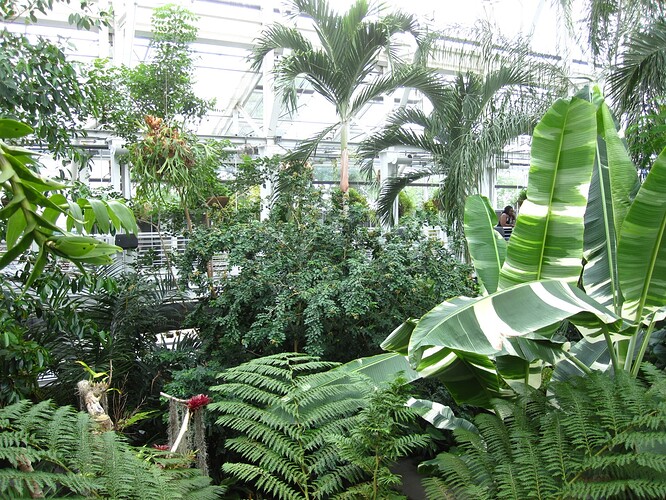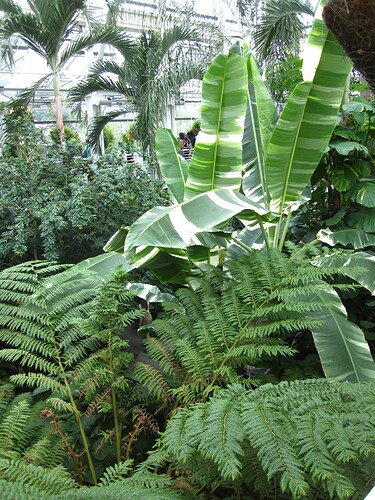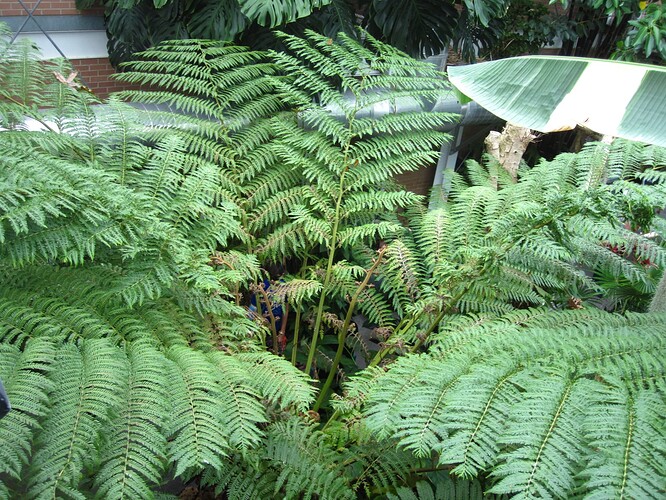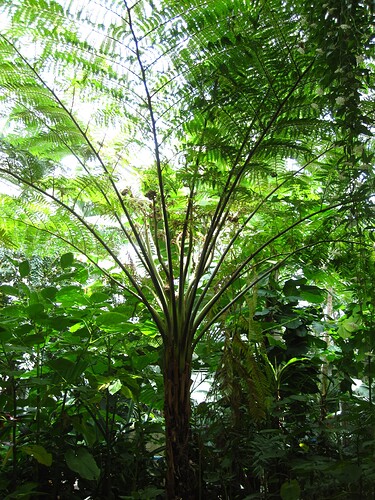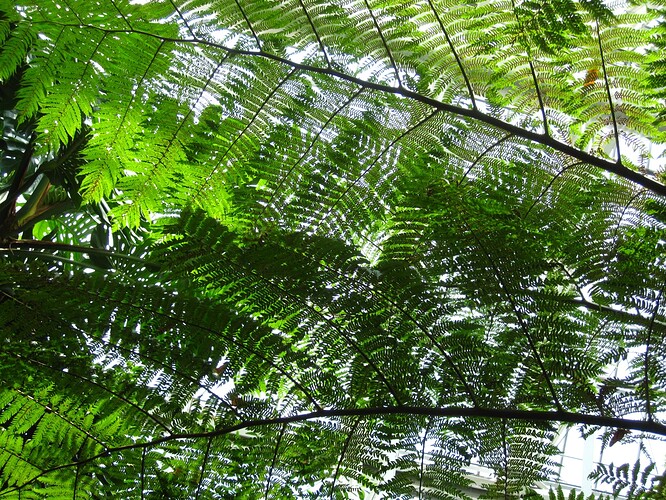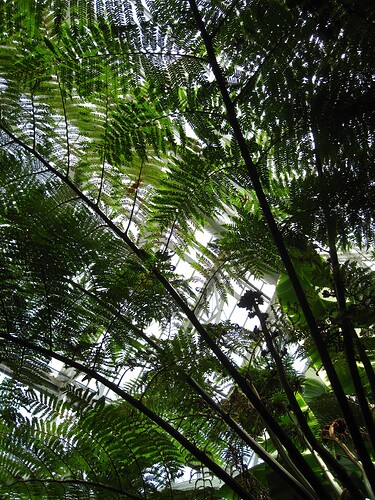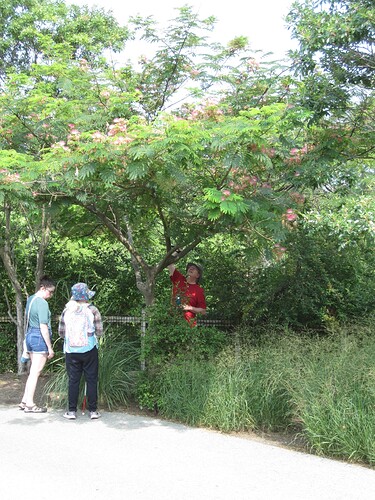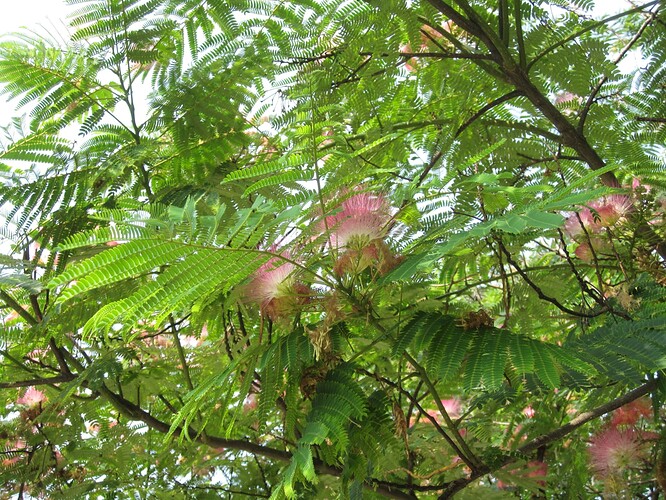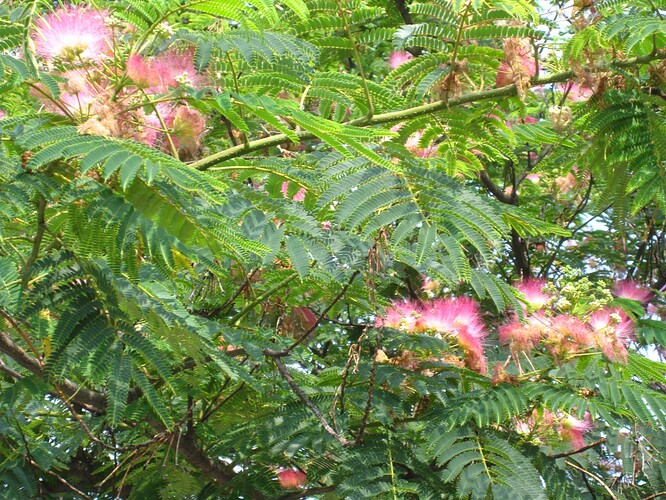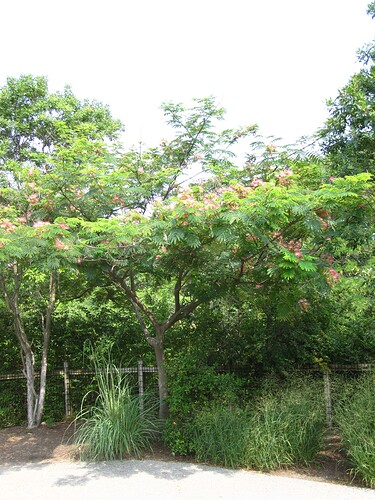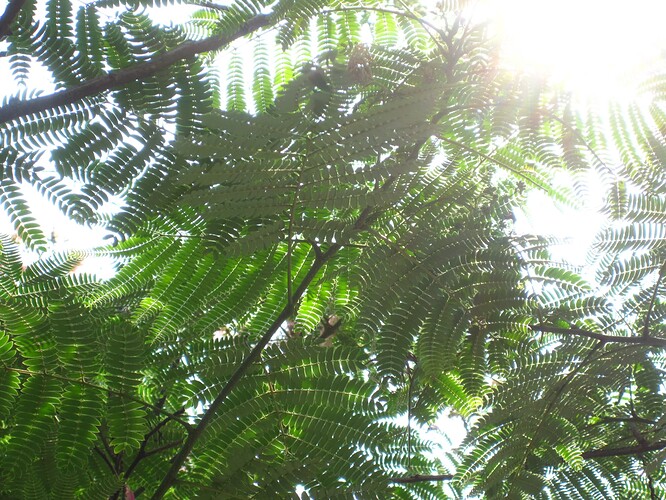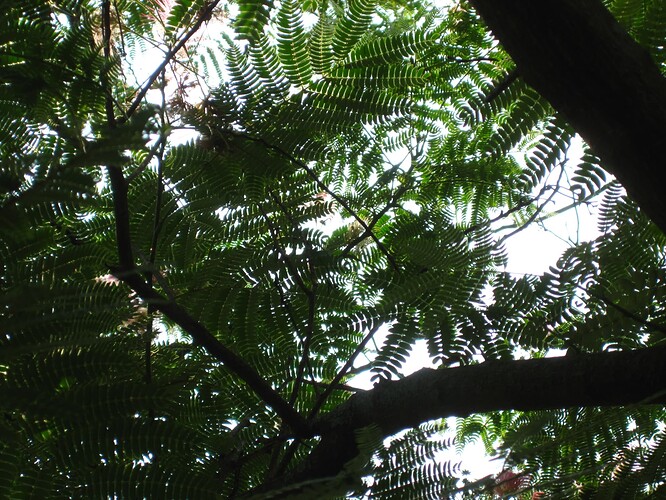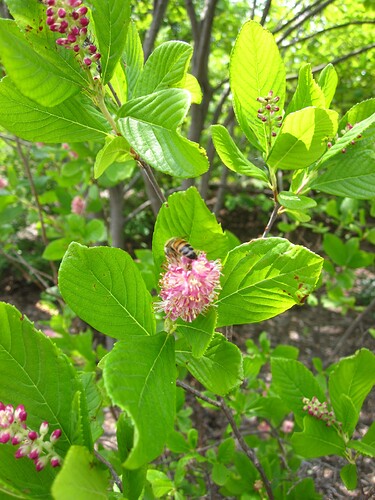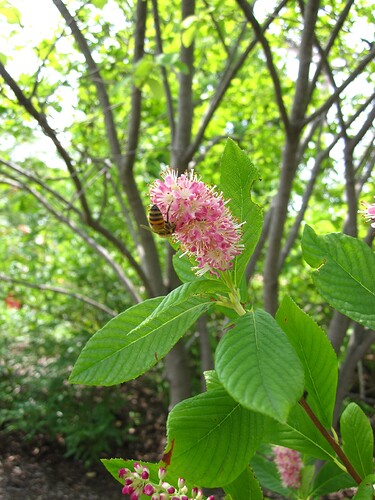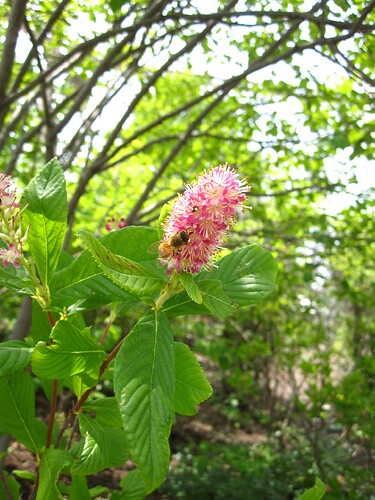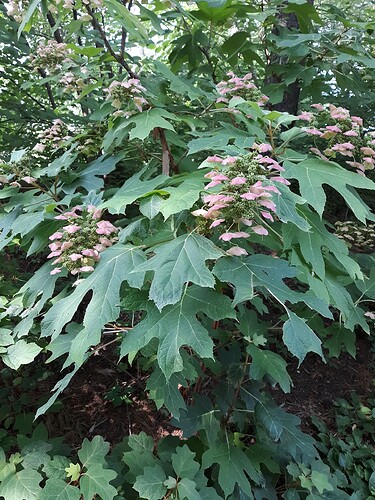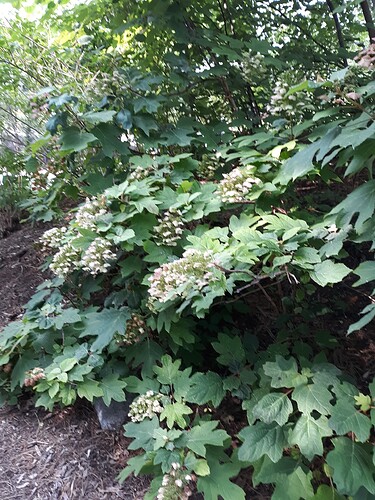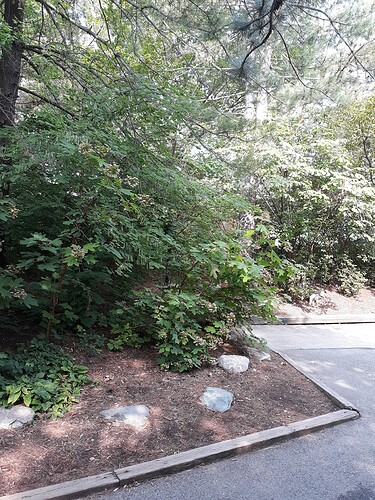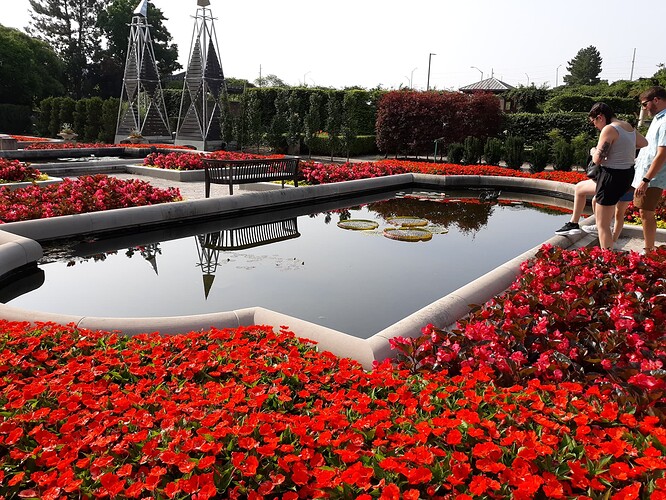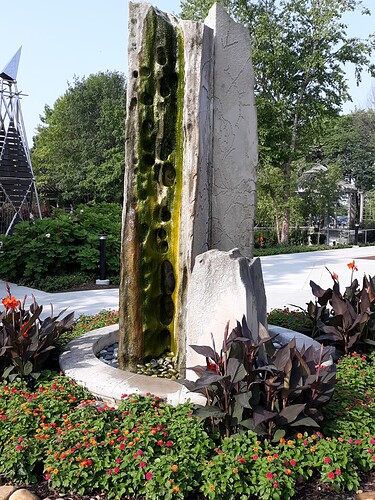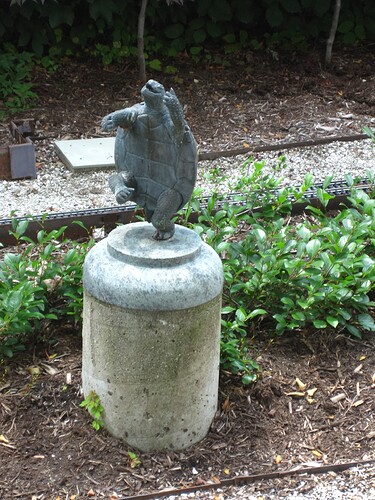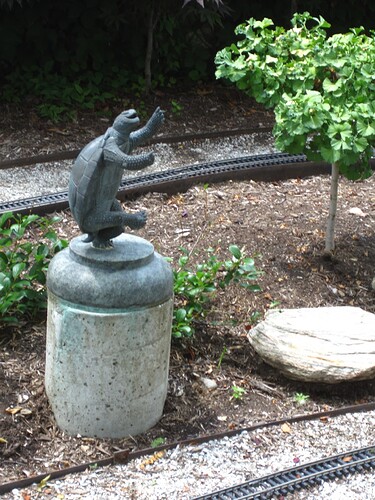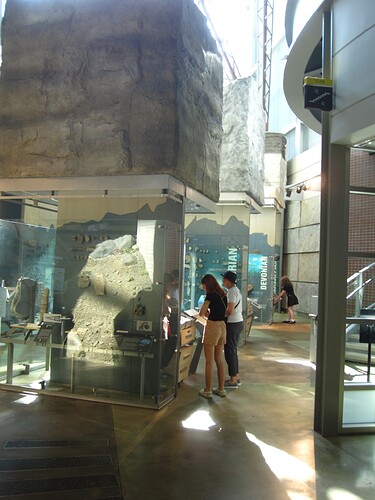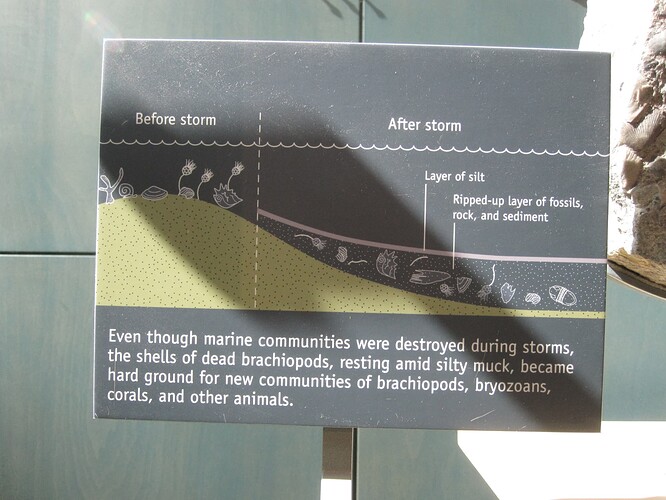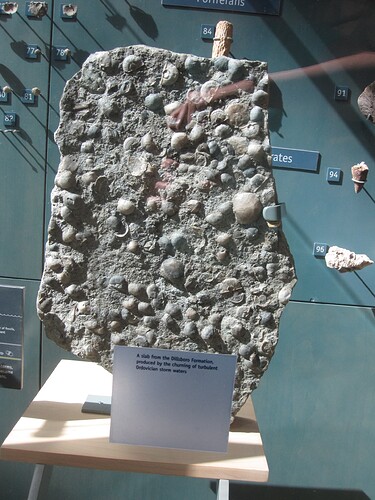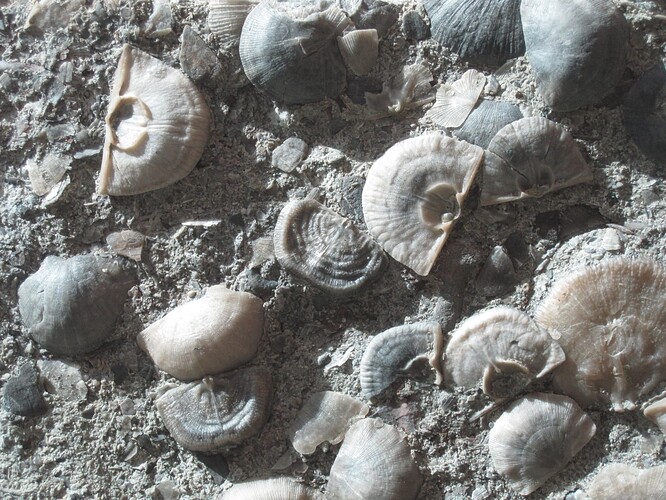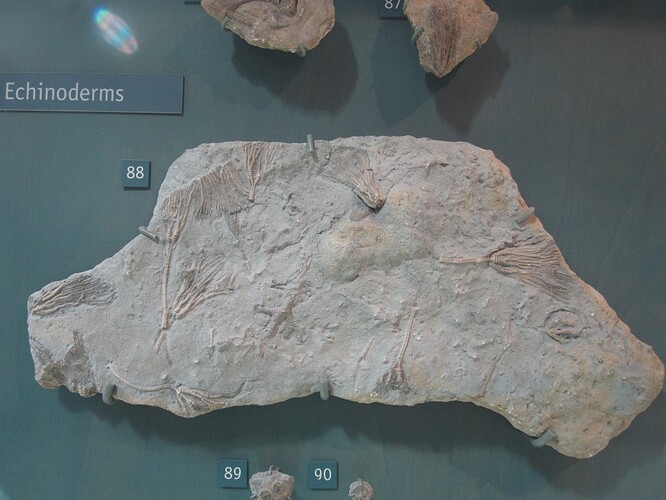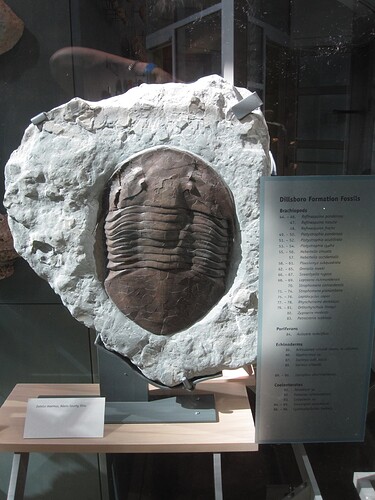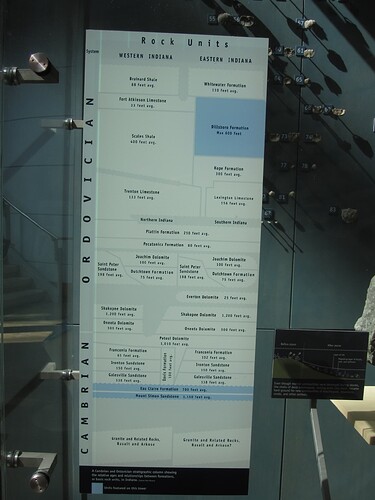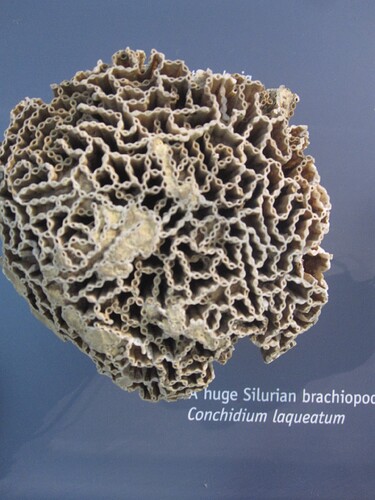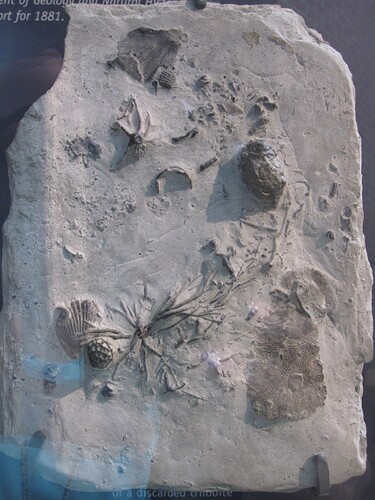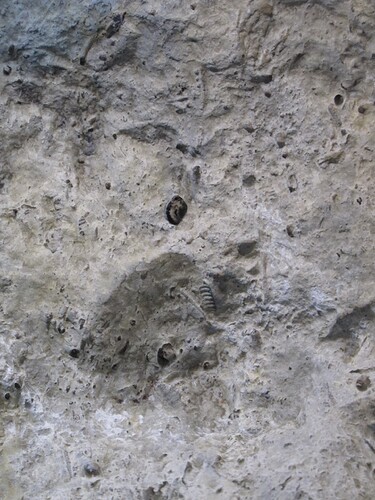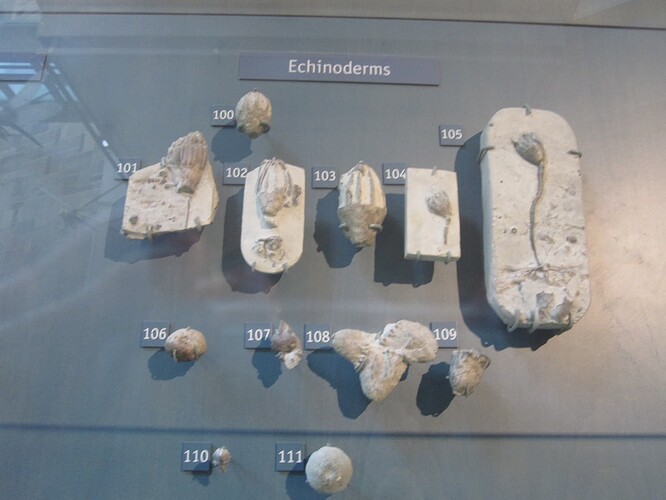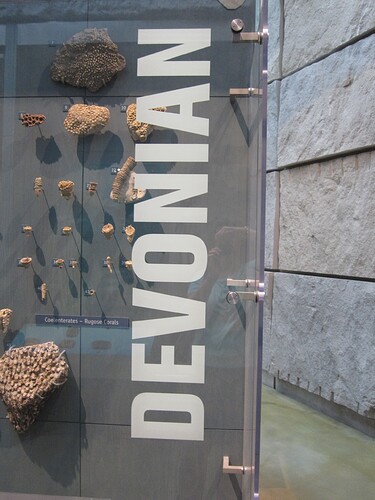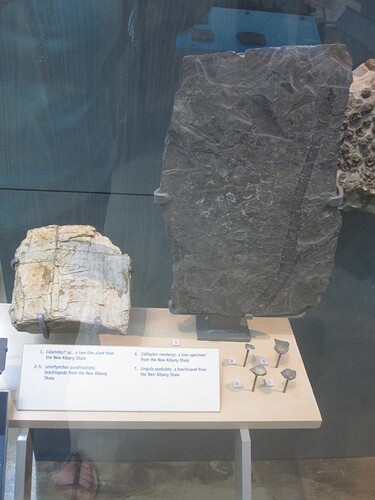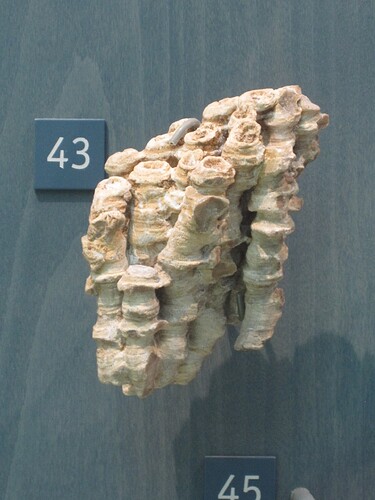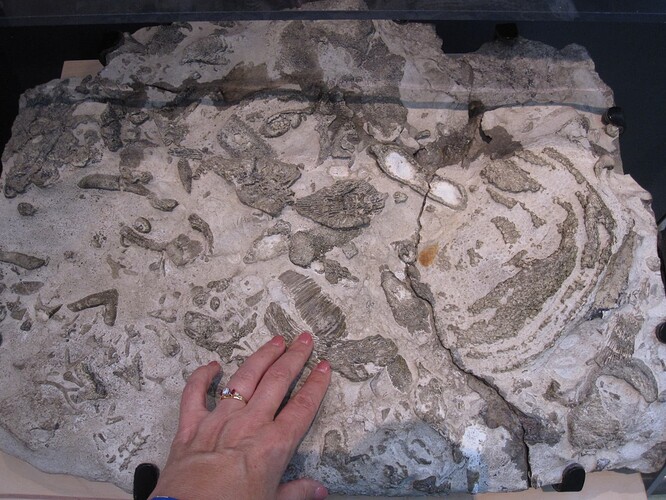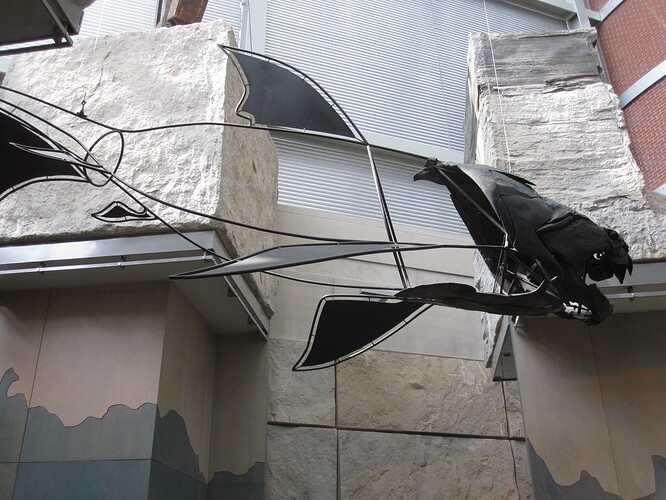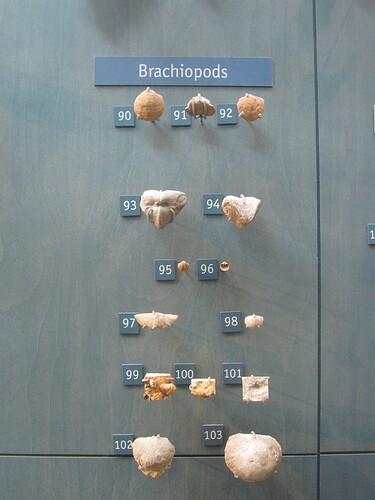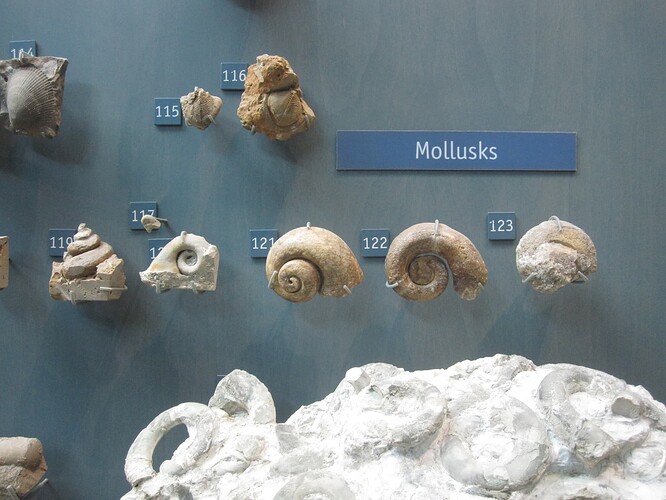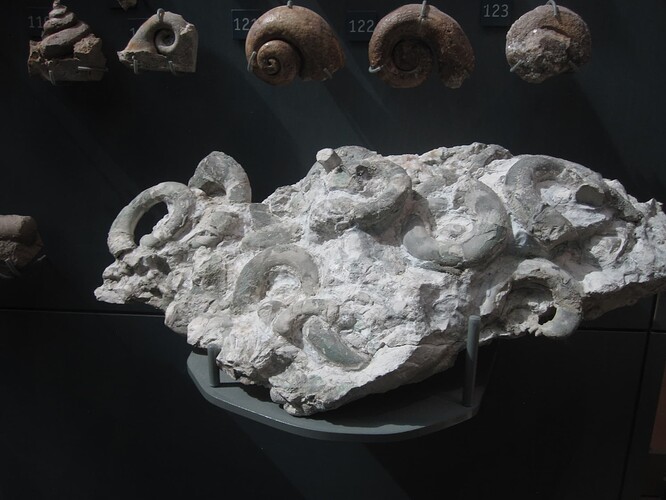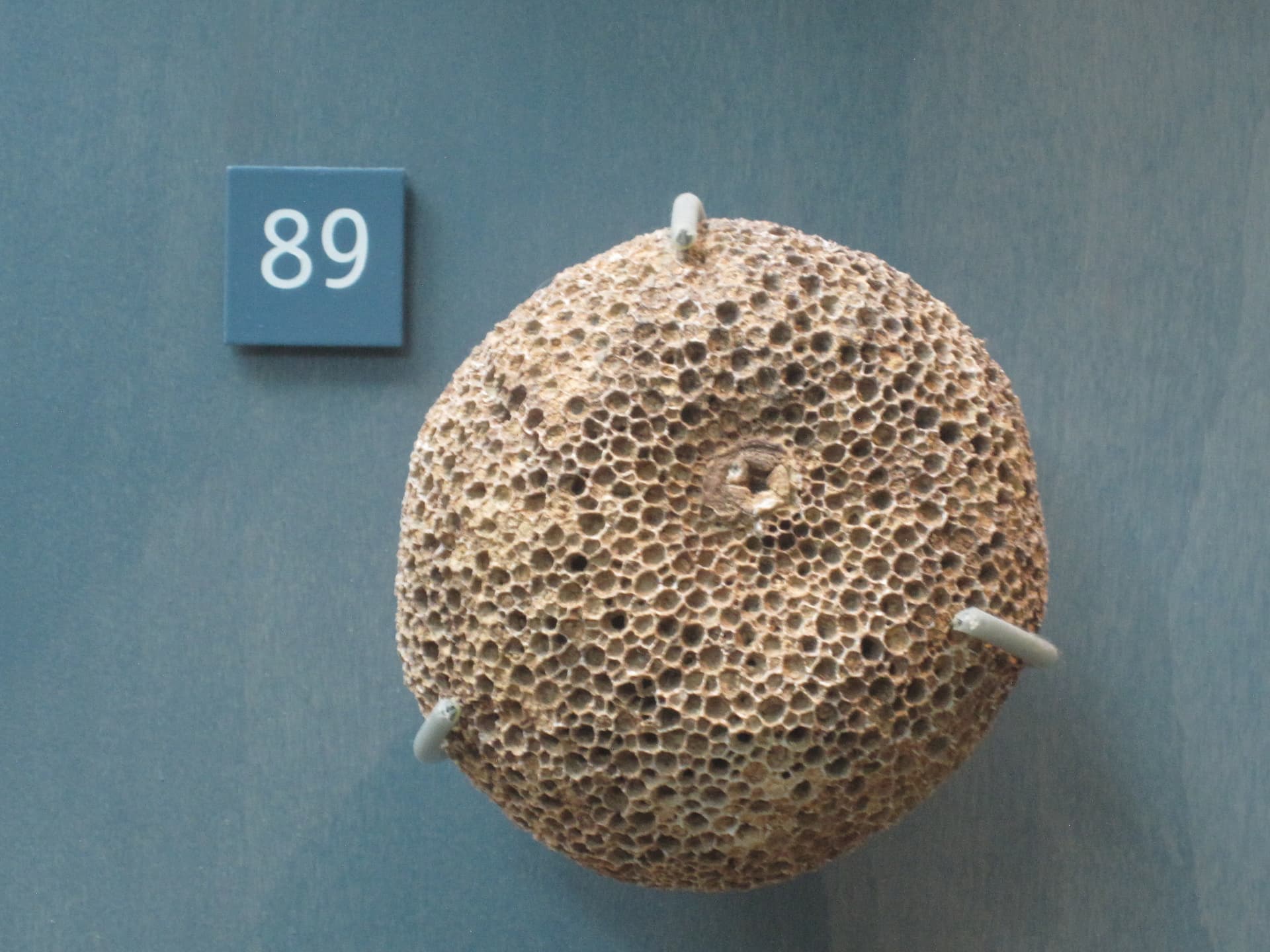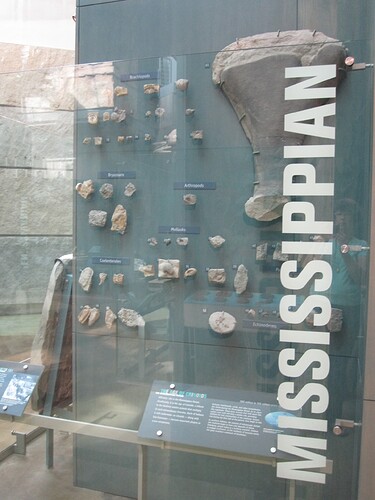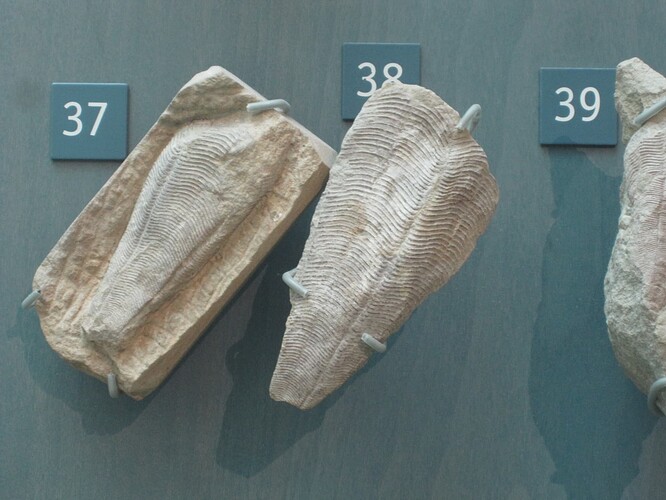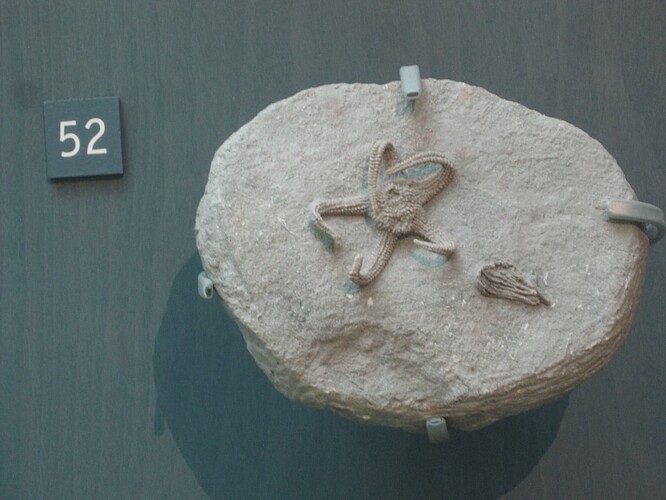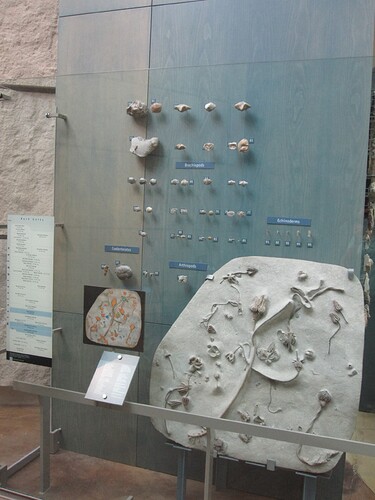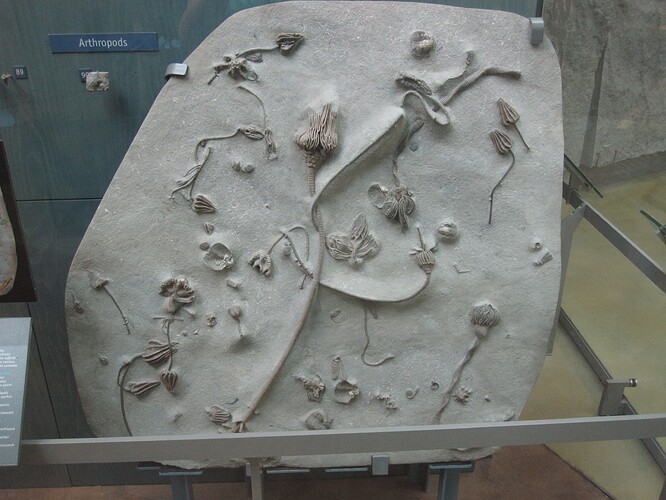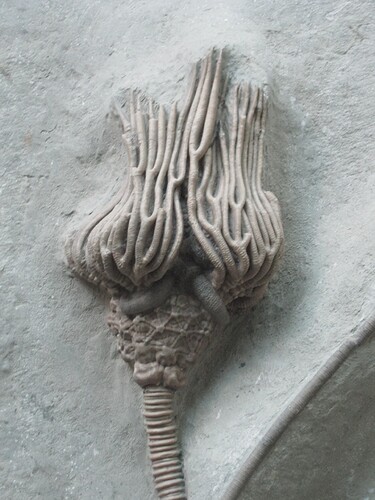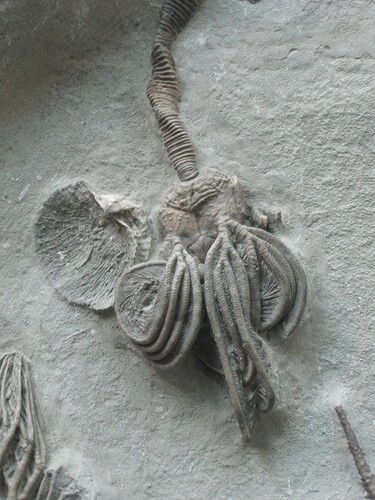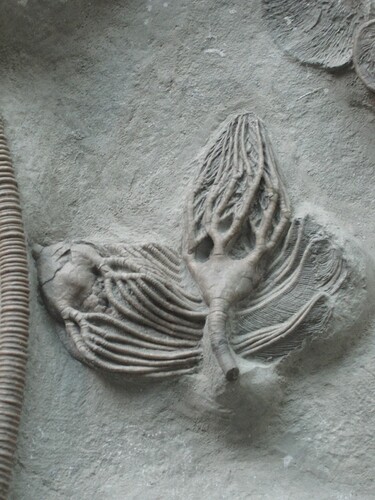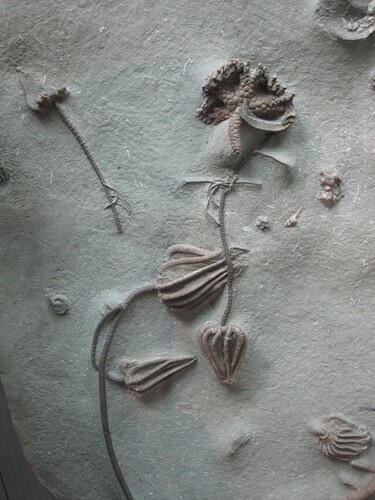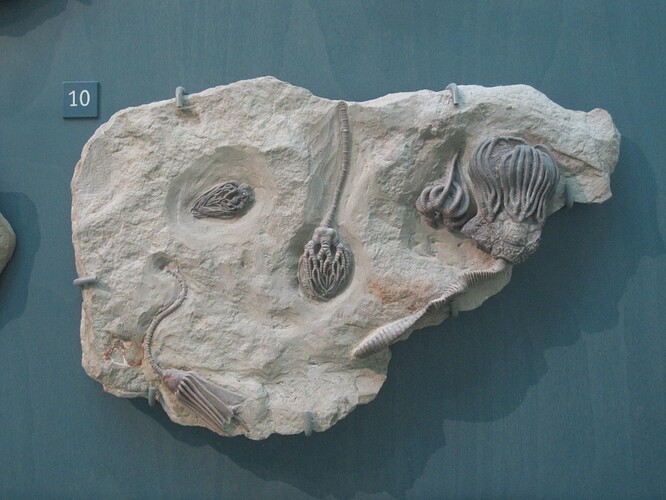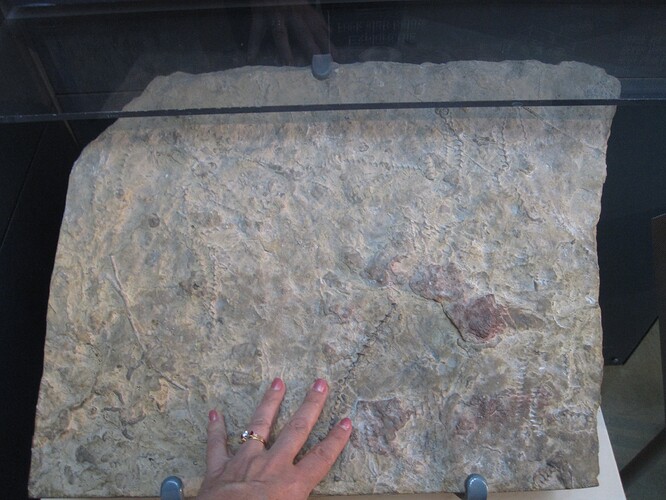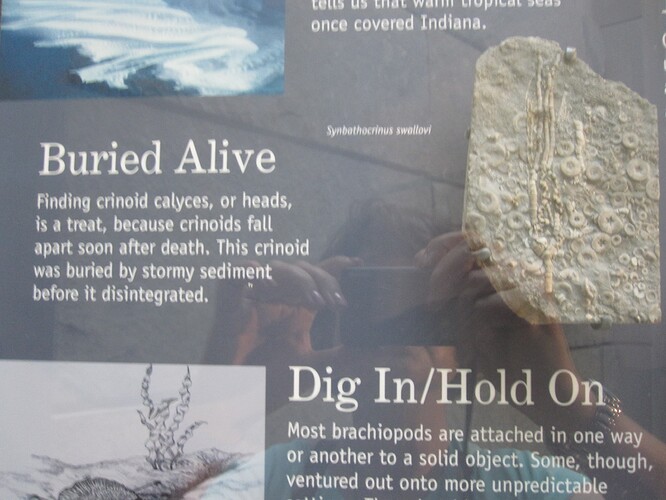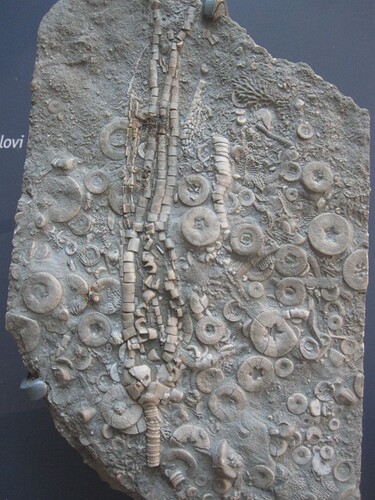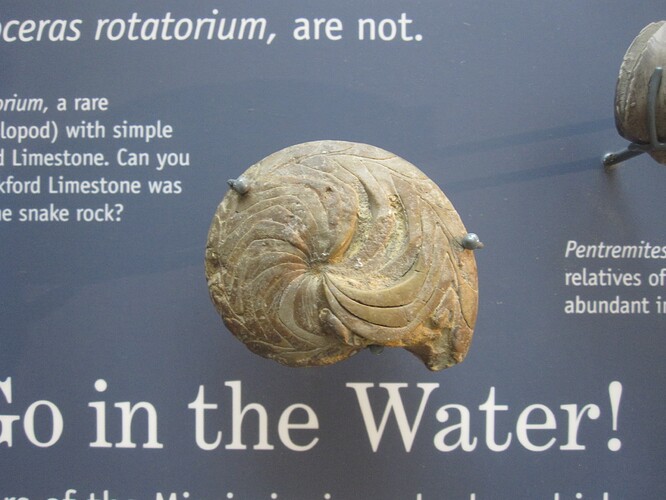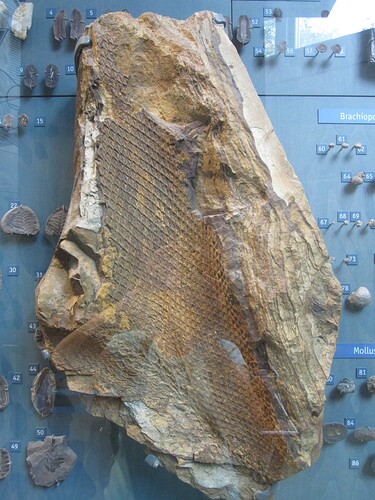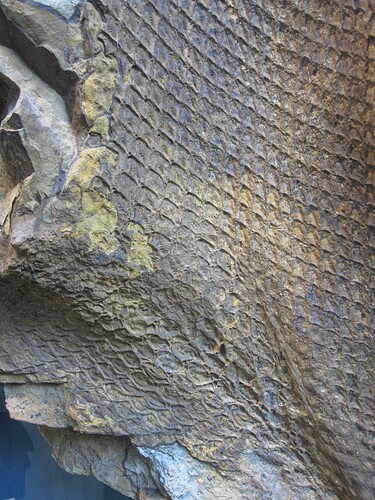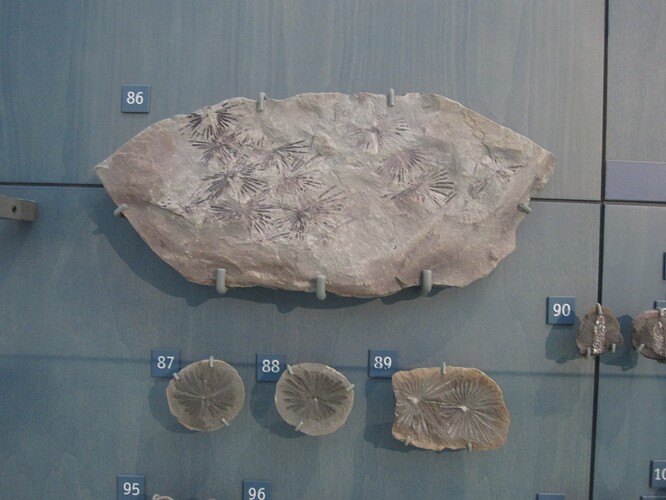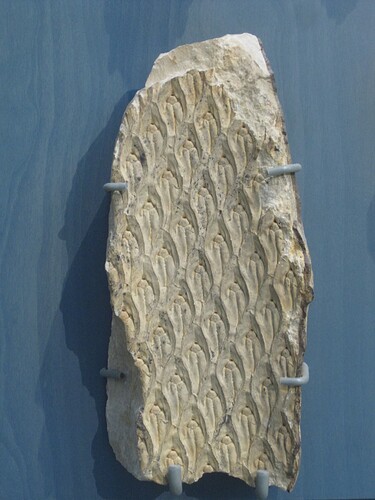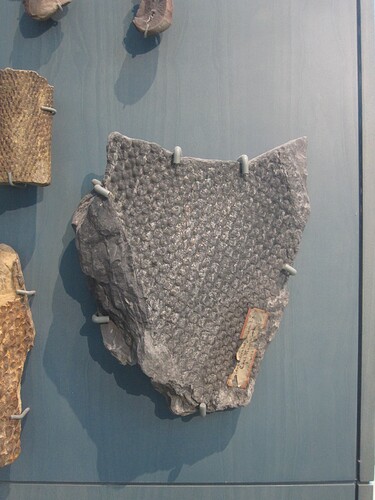Maybe snacking in the moth!
New crick or well!
Glad you’re ok.
That’s one heck of a water bill, though.
Some way to lock the faucet?
I went under the house where I created a bunch of junctions and turned off the water hoses except the one in the front of the house.
It was snacking on some kind of larvae. Too tiny to tell. The spider is about the size of a small blueberry and the larvae was like a grain of rice.
Speaking of said walk and said sky, Nebraska does have a beautiful one (I never got why Montana is particularly “big sky country”):
Pictures from a field trip associated with the 2023 American Malacological Society meeting. This set is from the Alabama Aquatic Biodiversity Center:
Few-week-old propagated threatened unionids
Year-old propagated unionids (this one is federally endangered)
Empty unionidan shells (deceased propagated ones)
A pleurocerid and a lithoglyphid (destined for toxicology research for clean water standard testing)
A “Leptoxis”:
From the Cahaba River (nominally in West Blocton). I found shells from 7 species of freshwater mussels, 3 species live (others found specimens of the other 4 live); and about 14 of freshwater snails.
An “Elimia” ~15 mm long, and several ~2 mm “hybrobes” (bunch of convergent groups).
Another freshwater mussel
A hellgrammite
Yet a different “Elimia”
“Pleurocera”
A Somatogyrus (hydrobe)
Yet a different “Elimia”
A large freshwater mussel, for reference, that’s my hand, so it’s about 155 mm long. It’s probably over 50 years old.
An “Elephant’s Ear”: this one was about 150 mm long, and I found one more like 170. Apparently, this population in senescent, i.e., surviving, but can’t reproduce. Their host-fish (look up “glochidia” for more information on that), a shad can’t get past the dam on the Alabama, thus no new juveniles are appearing, and the youngest specimens around are at least 50 years old.
A different “Leptoxis”
Assorted dead shells from the freshwater mussels (picked up by various field trip participants). They were returned to the river afterwards.
Reminder that there is a good meteor shower tonight if you are up early or stay up late.
And if it’s not overcast like it is here.
and @jpm the weather was perfect last evening, and I stood out on the deck for about 10 minutes looking north. And I was so tired. I went to bed.
But I DID get a decent night’s sleep.
The other week we were on vacation and spent a day at the Indianapolis Zoo. Ironically, the only animals in my photos are humans and insects.
I saw the most amazing fern in their conservatory, an Australian Tree Fern. I only recognized it as a fern from the second story catwalk, when I looked down and could see the repro parts.
From the top and with other enormous plants for scale:
(Can you find the Tree Fern?)
From the ground up:
Gorgeous textures:
Outside in the zoo, when I should have been looking at the animals, I was fascinated by some mimosa trees. I don’t think I’ve seen any before. Straight out of Seuss:
My family for scale:
Foliage shots, because I can’t resist:
Bees for @LM77
@Klax helped me with the bush. It is summersweet. (I didn’t think to take better photos of the important parts for the same of id. I was trying to get the bee in focus.)
Hydrangeas for @Klax
Formal Gardens for @MarkD
A Pair of Dancing Turtles for @SkovandOfMitaze
Just visit me or @SkovandOfMitaze. Our areas have way too many of them.
When I was looking for what the mimosa trees might be, I saw that they have become invasive in some parts of the US. Good reminder that charming or beautiful “alien” plants or animals are sometimes best enjoyed in their own homes or in representations.
Reminds me of the BBC article on an area of France that has invasive mimosas (not native there, either)
France’s 130km Mimosa Route - BBC Travel
I did not realize it, but I used to think black locust trees were related to mimosas–turns out that they are not (though black locusts are common here)
Mimosa are common (and very helpul) in West Africa, though (Gao trees were beautiful and drought resistant).
The great African regreening: millions of ‘magical’ new trees bring renewal | Niger | The Guardian
Looks like a wonderful place. Bit beyond my reach though
Richard
Yeah. It’s a bummer. There are so many times I think, “How fun would it be to go to this or that place on a great big field trip with all of you!”
I’d like to organize one in Michigan, maybe @Randy would help!, and we can go all through the northern part of the state, and then go wild and explore the entire Great Lakes Basin, which will take us into Canada. While we’re at it, let’s follow the St. Lawrence River to the Atlantic, and go north to the islands (big and small) - you can show us where you got your amazing photos, and we can visit @knor, and work our way over to your neck of the woods.
And
And
And
And
Until then, you’re stuck with photos.
I still have to go through the fossil photos from the Indiana State Museum… They are amazing! I would love the exhibit to be turned into a textbook.
Thanks! Those are great articles. The gao tree article might fit well in a climate change thread.
Well, they’re both legumes, but so are kudzu, soybeans, peas, peanuts, and a bunch of other things. Persian SIlk Tree (the specific mimosa that is an invasive in the southeastern US) is close to mesquite and acacias, and quite close to sensitive plant. Locust is closer to chickpeas, indigo, and a bunch of much-less-well-known wild legumes.
I am just starting to go through my photos from the Indiana State Museum’s fossil exhibit. I recently spent our entire visit to the museum with this exhibit. I can’t resist starting to put up some highlights as I sift through.
This is one of the field trip destinations I’d like to go with all of you. Let’s get a bus! And maybe a boat and a train!
@Paraleptopecten leads this exhibit tour!
In the meantime, there’s a nice article about the exhibit and the geologic history of the area here: https://www.mdgeosociety.org/articles/Hutchins%20Indiana%20State%20Museum%202017%20Rostrum%20vol%2026%20no%206%20November%202017.pdf
The layout reflects outstanding museum planning and design:
Begindergarden level geology for folks like me. Neato!
An incredibly beautiful slab o’fossils:
I love this kind of information in museums!
A trilobite big enough for one of @SkovandOfMitaze 's movies. It’s astonishing.
Where’s Waldo?
I think the number plaques were about 1" high.
Don’t forget to look up.
This one was simply unbelievably beautiful. I almost wept.
Above the marine fossil exhibit, it looks like a dig or a quarry, and shows samples of types of stone one would find in Indiana.
Only about 487 photos left to go through in that folder.
There’s a sandstone outcropping I drive past when going out to do conservation work that is similarly packed with fossils. For decades sixth grade classes went there on field trips and kids got to carefully extract fossils. Some time back a law was passed that made those fossils off-limits, so kids don’t get to have that experience any more, which was a really idiotic rule because layers naturally spall off that outcrop and lots of fossils just end up in the road ditch where they get scooped out and just dumped when the county cleans the ditch! So the result of the law was that thousands of fossils get destroyed instead of being useful to educate kids.
